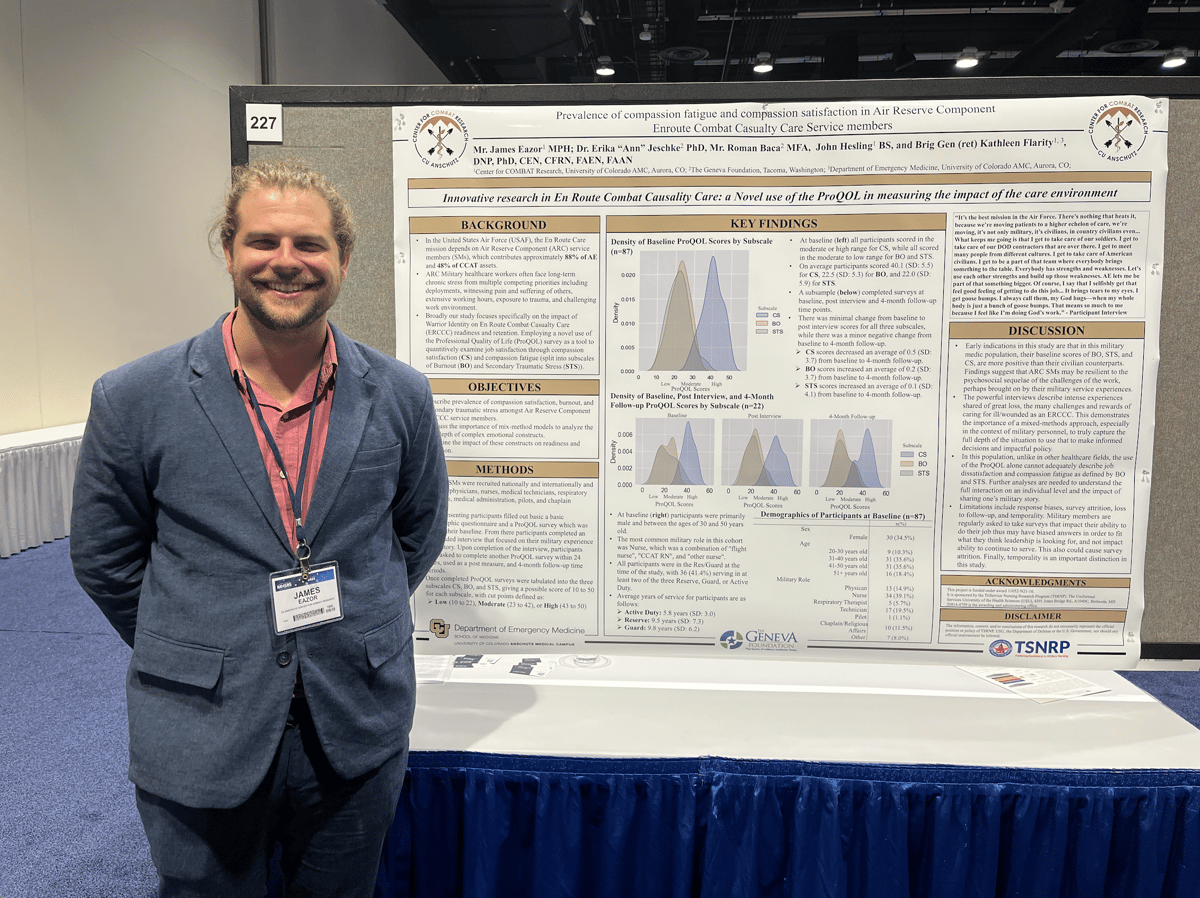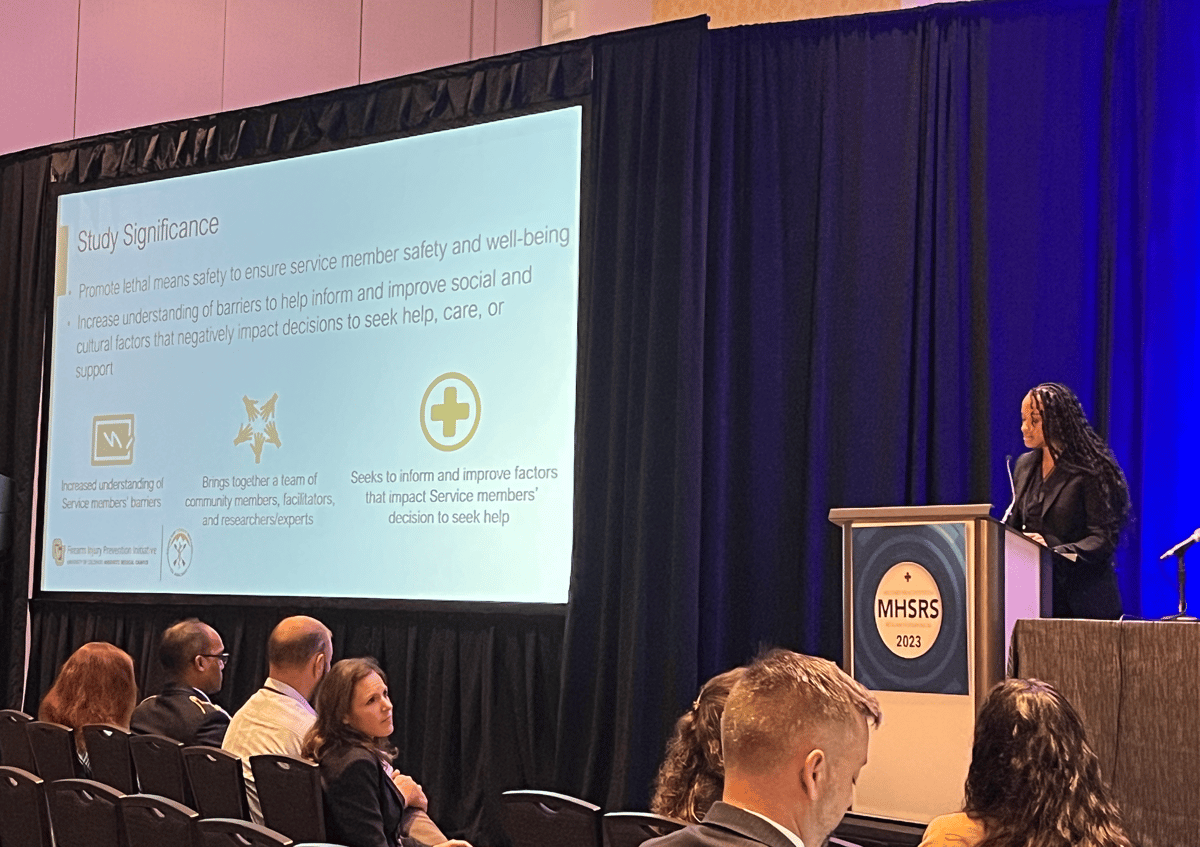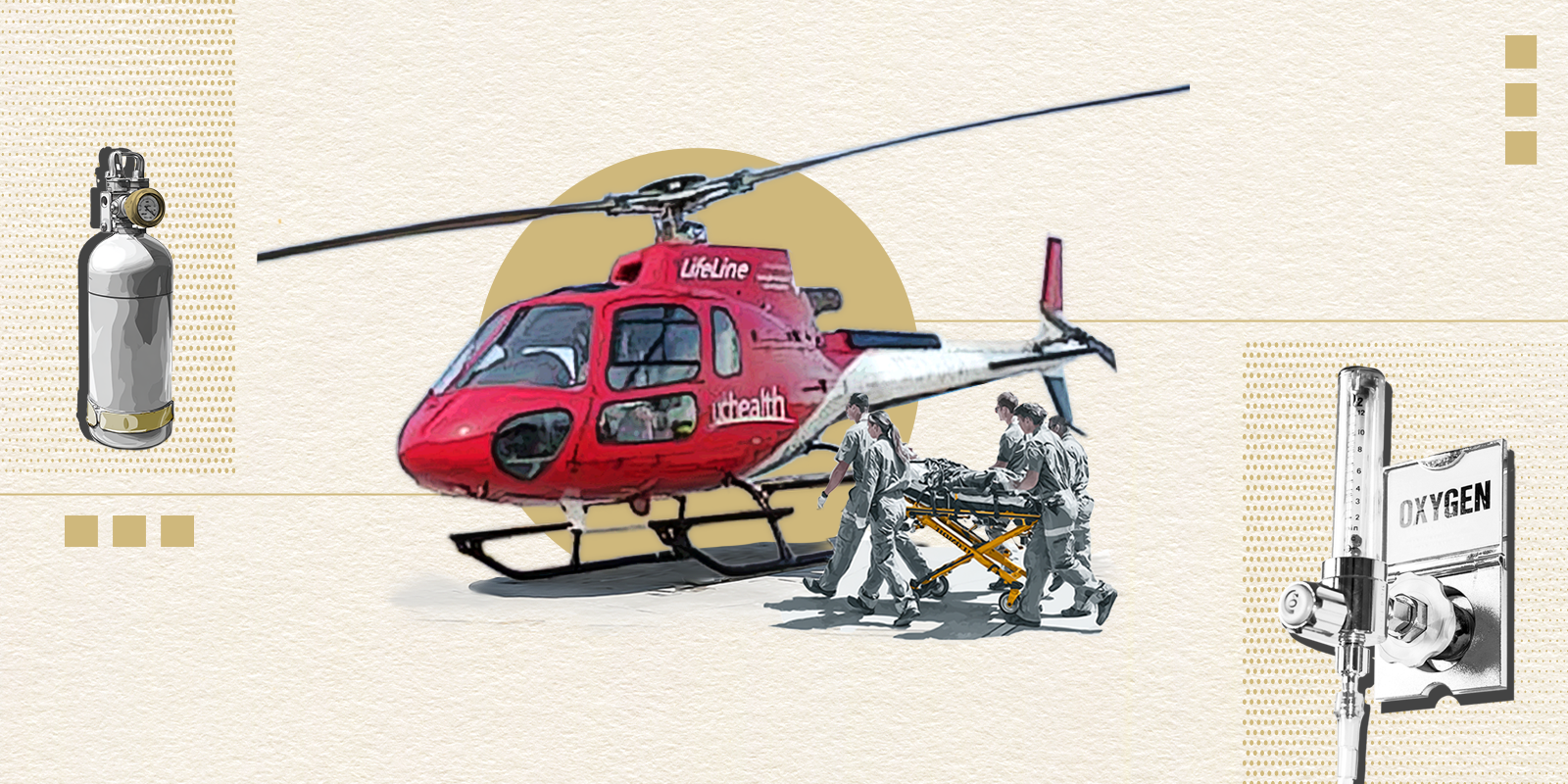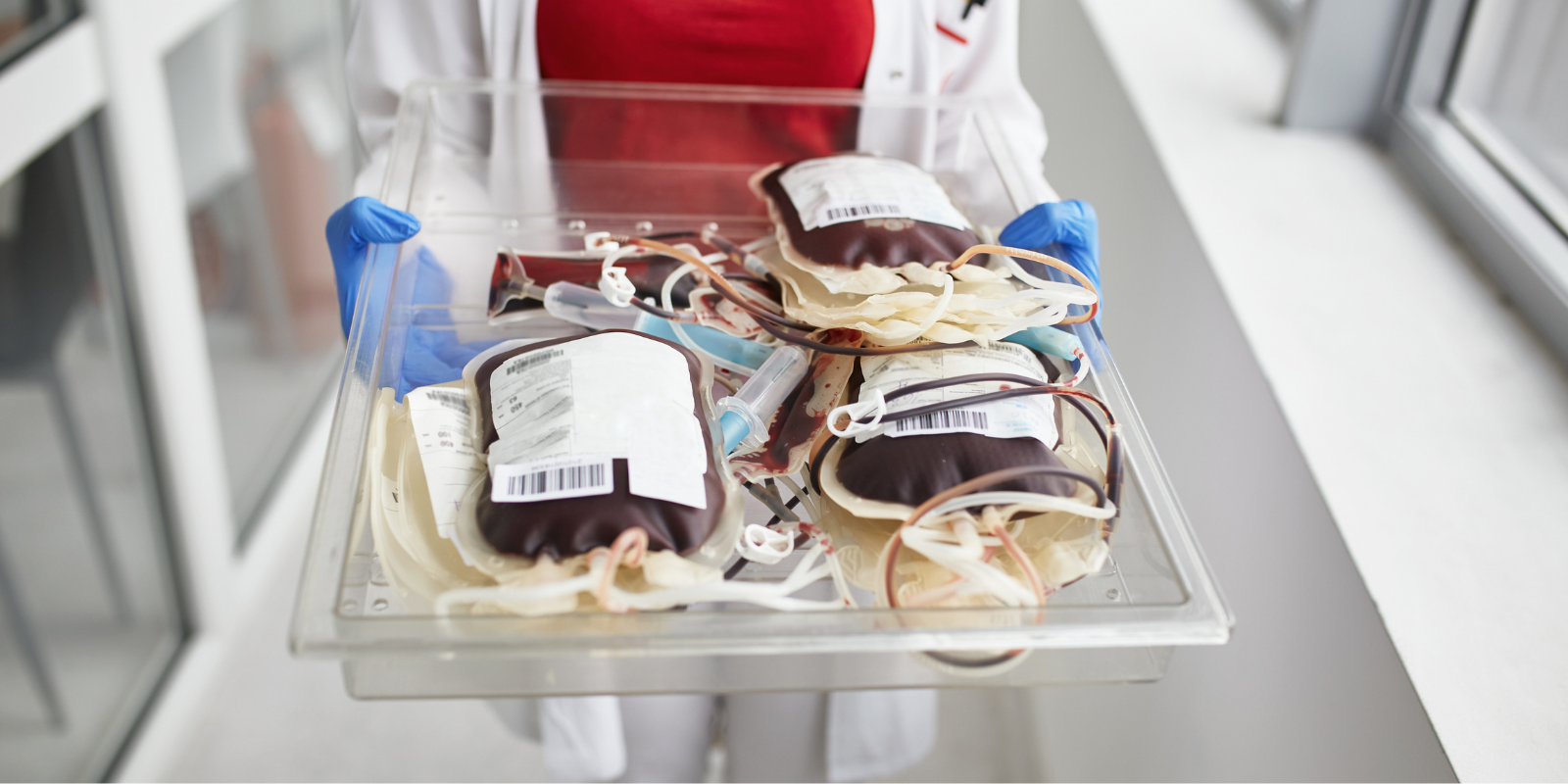Researchers at the University of Colorado School of Medicine continue to inform medical practice on military battlefields and provide time-sensitive solutions. Faculty in the CU Department of Emergency Medicine, Department of Surgery, Department of Anesthesiology, and their research teams are leading a myriad of projects to improve care for critically ill, trauma, and burn patients, as well as investigating mental health and resiliency care for military communities.
Collaborators from the CU Anschutz Center for Combat Medicine and Battlefield (COMBAT) Research, Cape-Colorado-Combat (C3) Global Trauma Network, Firearm Injury Prevention Initiative (FIPI), Airway, Trauma, Lung injury, and Sepsis (ATLAS) Research group, and other CU research teams presented research at last week’s Military Health System Research Symposium (MHSRS) in Kissimmee, Florida, hosted by the Department of Defense (DoD). The symposium brings together health care professionals, researchers, academic programs, organizations, and leaders from the DoD to discuss innovative strategies and tools.
The Center for COMBAT Research coordinated 40 CU faculty and staff to attend the symposium, with 12 poster presentations, 10 oral presentations, and one plenary presentation.
In addition to presenting their research discoveries, the Strategy to Avoid Excessive Oxygen (SAVE-O2) team, led by Adit Ginde, MD, MPH, principal investigator for ATLAS, received the MHSRS Outstanding Research Accomplishment Team Award for their clinical trial, and Ian Stanley, PhD, psychological health lead for the Center for COMBAT Research, won first place in the MHSRS Young Investigators Competition for his research on lethal means safety counseling.
“Our researchers and their teams pour their hearts into their research to tackle the unmet needs of the current and future battlefields," says Vik Bebarta, MD, professor of emergency medicine at and director of the Center for COMBAT Research. "Their passion shows by the large number of CU faculty and staff attending this high-impact conference, meeting with military medics and leaders to understand future challenges, researching and translating the solutions to military units and our local communities."
Impact on the battlefield and beyond
“We have a wide range of research specialties within the Departments of Emergency Medicine, Surgery, Anesthesiology, and more that directly translate to the types of care needed on the battlefield,” says Bebarta. “The Center for COMBAT Research serves as a hub to bring these experts together to solve the U.S. military’s toughest clinical challenges.”
A prominent research team with hands-on influence in military settings, the C3 Global Trauma Network conducts innovative trauma care research predominantly in international settings and helps to answer questions regarding optimal trauma care that are both globally needed and locally relevant. At the symposium, C3 investigators Nee-Kofi Mould-Millman, MD, Smitha Bhaumik, MD, and Julia Dixon, MD, presented their research on freeze-dried plasma and blood product efficiency in high-trauma, resource-limited settings, treating hemorrhage patients with tranexamic acid, and treating traumatic hemothorax and pneumothorax, which involves blood or air leaking around the lungs.
Bebarta outlined the Center for COMBAT Research’s efforts to start new resiliency, psychological health, and compassion fatigue research projects for military communities in the past year.
“Psychological health and readiness is our third strategic research focus area at the Center for COMBAT Research, alongside point of injury and prolonged casual care and critical injury and illness,” says Bebarta. “As we always say, the warfighters, the medics, and their families’ needs come first. Our research will reflect that.”
Stanley gave a presentation on lethal means safety counseling research for firearm-owning members of the U.S. National Guard and perceptions of firearm injuries and deaths among service members.
Research partners in the CU Departments of Anesthesiology and Surgery also attended as part of a few collaborative research project presentations.
David “Josh” Douin, MD, assistant professor of anesthesiology, presented an overview of the SAVE-O2 trial, which received plenty of interest after receiving the award earlier in the week. Arek Wiktor, MD, associate professor of surgery, presented on resuscitation and cell dysfunction in major burn patients, and Franklin Wright, MD, associate professor of surgery, presented findings from a clinical assessment of low calcium in trauma patients.

Jimmy Eazor, MPH, presents Prevalence of Compassion Fatigue and Compassion Satisfaction in Air Reserve Component Enroute Combat Casualty Care Service Members.

2LT Makala Carrington presents Military Culture and Guns: Strengths, Opportunities, and Challenges to Prevent/Decrease Firearm Injury, Violence, and Death Across Military Service Members.

Carter Severance presents Development and Characterization of a Combined Traumatic Injury with Pharmaceutical Based Agent Fentanyl Exposure in a Large, Translational Swine Model.

David "Josh" Douin, MD, presents Strategy to Avoid Excessive Oxygen (SAVE-O2) in Major Burn Patients: A Multicenter Cluster Randomized, Stepped Wedge Trial for Targeted Normoxia.

Ian Stanley, PhD, receives first place in the Young Investigators Competition for his research, Lethal Means Safety Counseling Among Firearm- Owning US National Guard Personnel: Hyperarousal Symptoms as a Moderator of Treatment Outcomes. He stands with Center for COMBAT Research collaborators Nee-Kofi Mould-Millman, MD, Sean Keenan, MD, Anne Ritter, DrPH, MPH, Alyssa Maxfeldt, MBA, and Vik Bebarta, MD.
Renowned research recognition
A major highlight from the symposium was the award ceremony, where the SAVE-O2 clinical trial team received the MHSRS Outstanding Research Accomplishment Team award.
The award recognizes outstanding research contributions by a team with a focus on significant accomplishment of high impact achieved during the past year.
SAVE-O2’s pragmatic trial assessed feasibility, safety, and effectiveness of a targeted normoxemia approach to conserve oxygen and improve clinical outcomes in critically injured patients. Delivering oxygen tanks in military environments is a logistical challenge, so it’s crucial for medics to take a targeted approach to conserving oxygen with patients.
“This was a great example of military-civilian collaboration, where our teams in Colorado and across the country were able to quickly address a top medical challenge for the military and deliver trial results that has immediately changed clinical practice guidelines for the military,” says Ginde.
On the final day of the symposium, Stanley received first place in the MHSRS Young Investigators Competition, the most popular and competitive competition at the symposium, for his presentation on lethal means safety counseling.
“This was a monumental year for the Center for COMBAT Research’s collaborators, who received well-deserved, high-level recognition for their research accomplishments,” says Bebarta.
Intentional and meaningful collaboration
“We take every measure to lead the future of combat casualty care, and that involves listening and learning from our military collaborators about the unmet needs from the field,” says Bebarta. “This event reflects our mission for collaboration and reminds us that the impact we have extends beyond the military to civilian care, turning military medical gains into better health for all.”
Representation at MHSRS is a key focus for the Center for COMBAT Research every year. The conference reaffirms trust and fosters collaboration with current and future military partners and operational commanders, according to Bebarta.
“It’s an important time to leverage the unique connection the center has to combat casualty care, acute care research, and military experts,” says Bebarta. “The symposium is the perfect event to showcase it.”
In addition to building connections through MHSRS, the Center for COMBAT Research has taken intentional steps to continue collaboration with military partners over the past year. The center renewed its research affiliation agreement with Uniformed Services University (USU), collaborated on research priorities with the U.S. Air Force’s 59th Medical Wing in San Antonio, Texas, and worked closely with active duty medics and researchers on projects like SAVE-O2 and the DirEct versus VIdeo LaryngosCopE (DEVICE) trial.
“We take every measure to lead the future of combat casualty care, and that involves listening and learning from our military collaborators about the unmet needs from the field,” says Bebarta. “This event reflects our mission for collaboration and reminds us that the impact we have extends beyond the military to civilian care, turning military medical gains into better health for all.”


